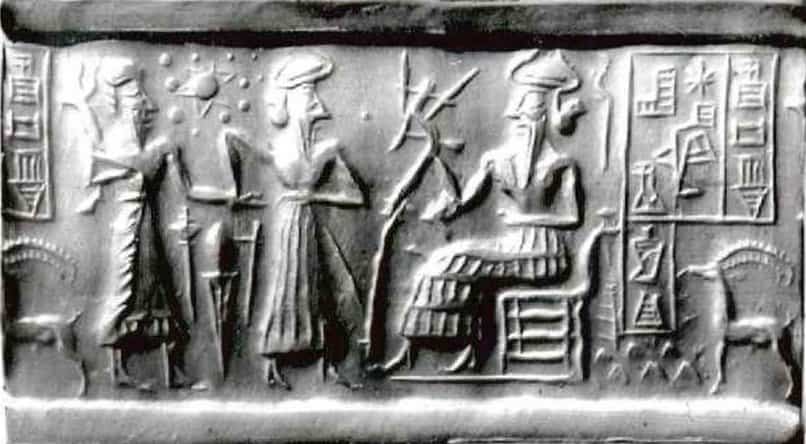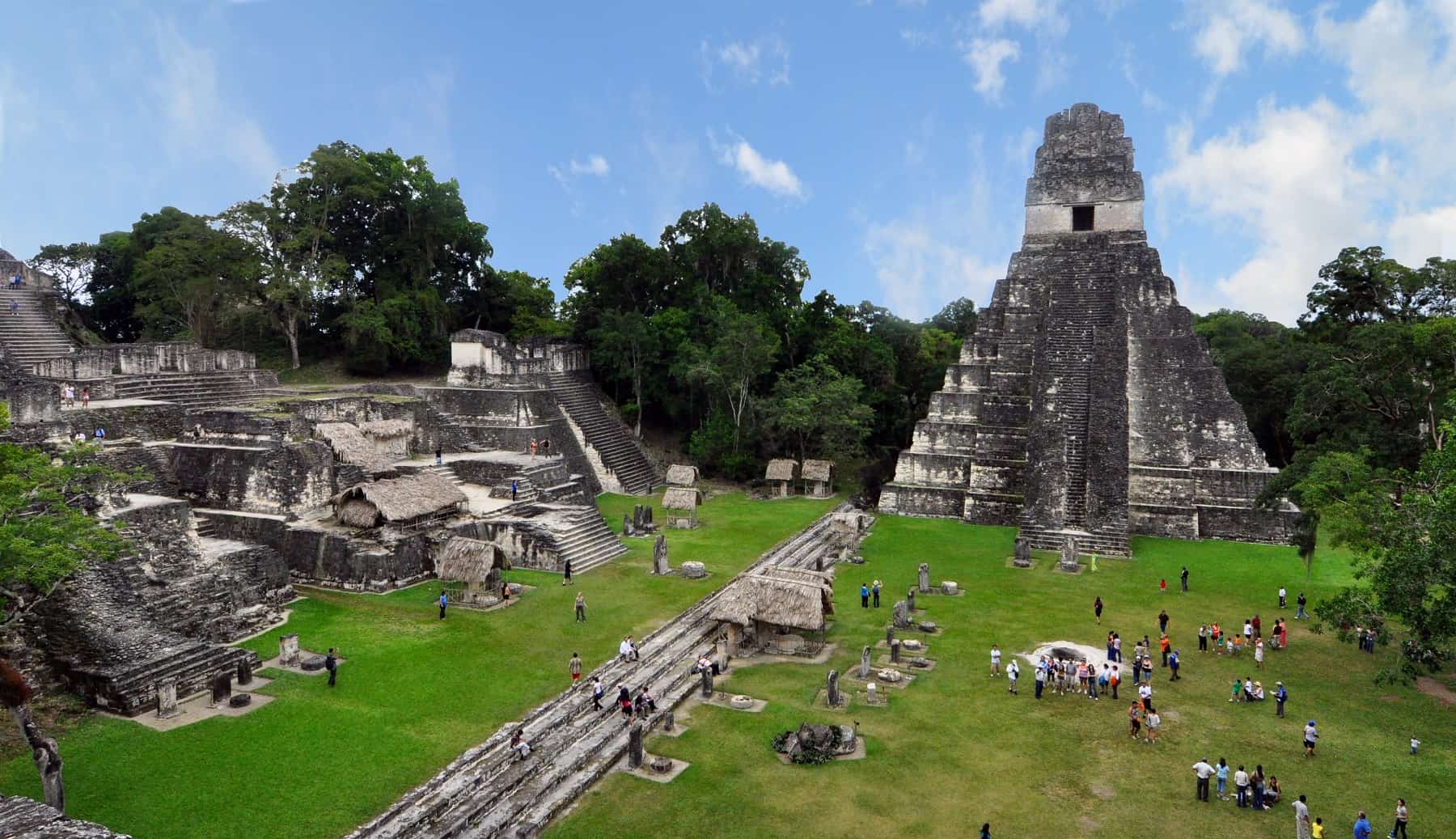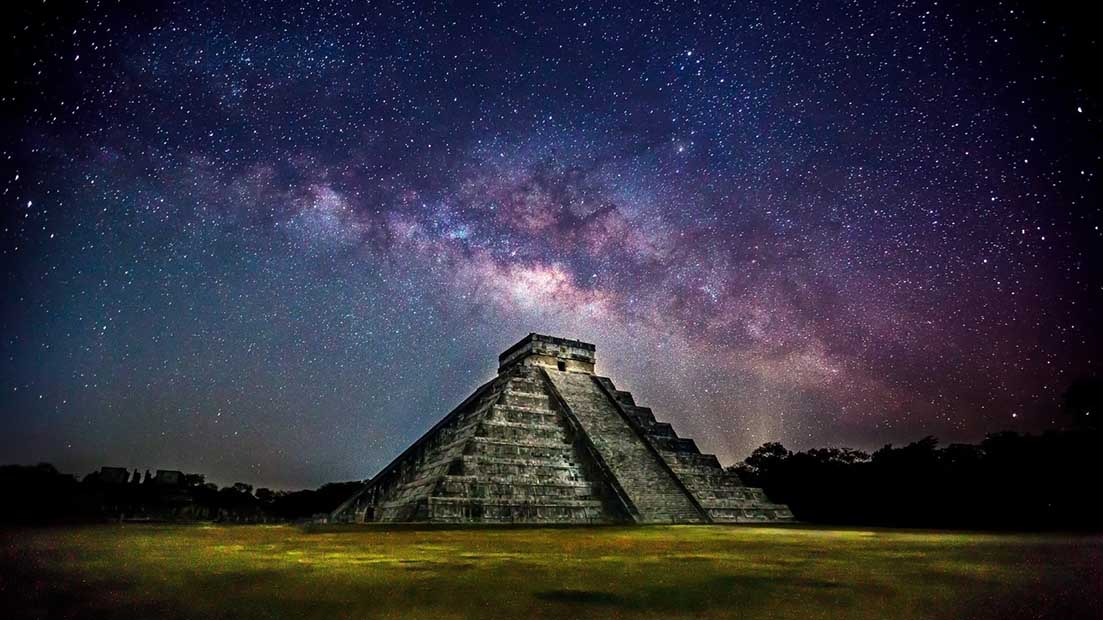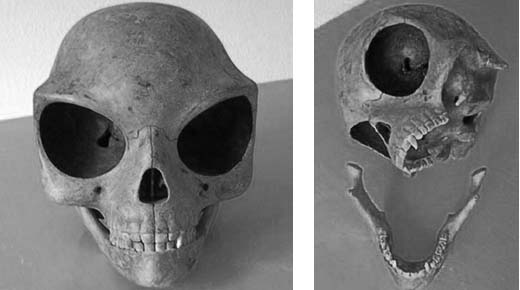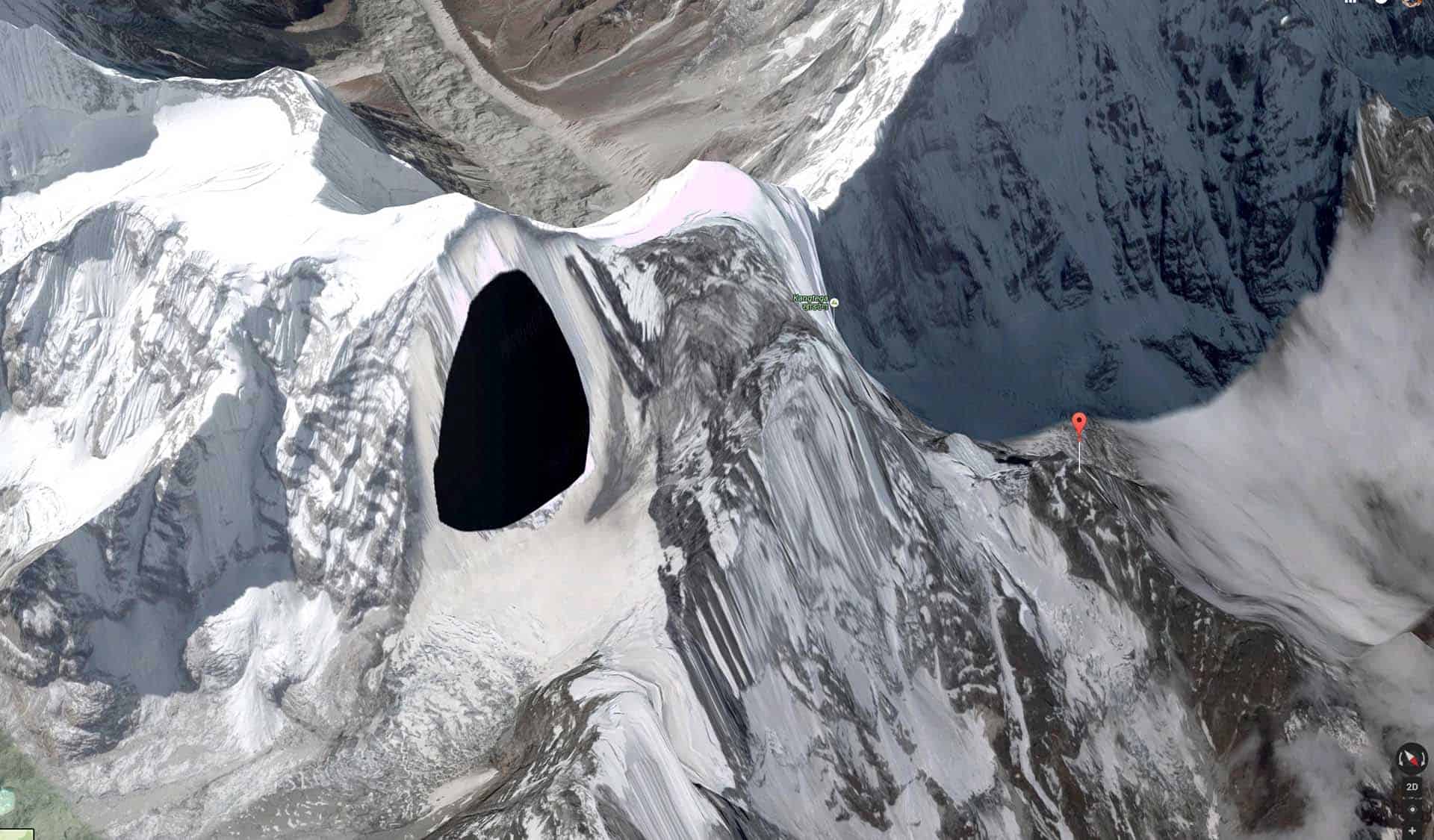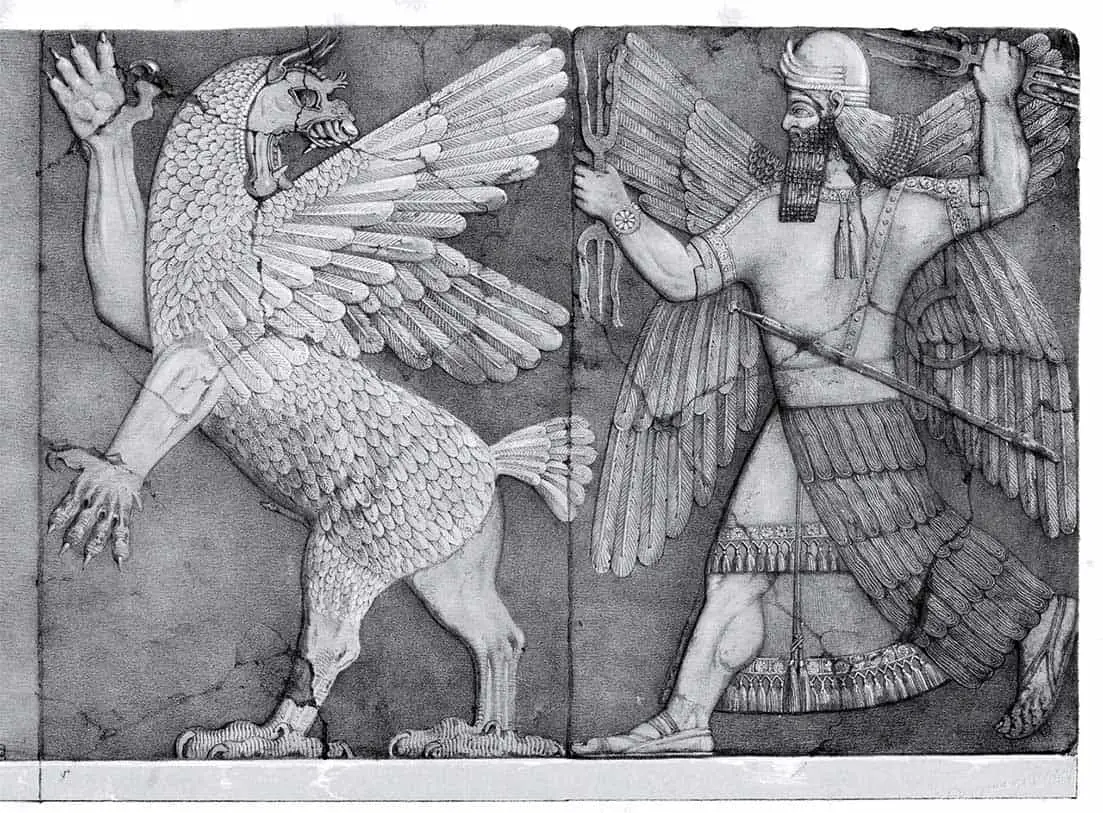
It is said that civilization as we know it began in ancient Sumeria. Ancient Sumer has one of the most extensive and important histories on the planet and through this article, we look at 20 of the most important things about the first civilization in the world.

Wikimedia commons
The Ancient Sumerian Civilization or ‘Sumer’ was the first urban civilization located in Mesopotamia, modern-day Iraq. Many people agree that it was the first civilization on the planet.
Interestingly, the Sumerian language is considered to be a language isolated in linguistics that does not seem to belong to any known linguistic form.
Many people believe Sumer is the place where it ‘all’ began.
Since there are so many fascinating things about Sumer I have decided to point out what I believe are some of the most important things about ancient Sumer.
Let’s start!
-
Sumer is considered the first urban civilization on the planet, many archaeologists consider modern-day Iraq, ancient Mesopotamia as the place where civilization came into existence.
- According to researchers, the earliest texts found in Sumerian times date back to 3300 BC from the cities of Uruk and Jemdet Nasr.
- Mainstream scholars believe that Sumer was permanently settled between c. 500 and 4,000 BC.
- Cuneiform script or cuneiform writing is one of the earliest writing systems developed on Earth. The name cuneiform means wedge-shaped. It is believed that cuneiform emerged in Sumer in the late fourth millennium BC. The original Sumerian script was adapted for the writing of the Akkadian, Eblaite, Elamite, Hittite, Luwian, Hattic, Hurrian, and Urartian languages, and it inspired the Ugaritic alphabet and Old Persian cuneiform. Cuneiform writing was gradually replaced by the Phoenician alphabet during the Neo-Assyrian Empire.
- It is believed that the Cuneiform writing system was used on Earth for over three millennia developing across numerous stages from the 34th century BC to the second century CE.
- It is noteworthy to mention that Sumerian speakers were among the earliest people on the planet ro RECORD their religious beliefs in writing.
- Apart from an elaborate language and writing system, this ancient culture developed incredible architectural skills, arts unlike anything present anywhere else at the time and complex knowledge in mathematics, astronomy and other sciences.
- The Ancient Sumerians invented a complex system of metrology sometime around 4000 BC. Their metrology methods eventually resulted in the creation of arithmetic, geometry, and algebra.
- This ancient culture developed an incredible intricate religious system comprised of hundreds of gods and according to their ancient, sacred texts, each Ancient Sumerian city was protected by its own God at a time when Humans and Gods coexisted on Earth and lived together thousands of years ago.
- One of the most fascinating structures ever erected in the region is the Ziggurat orGreat Ziggurat of Ur. It was built in the city of Ur near Nasiriyah, modern-day Iraq. The monument was believed to have been built during the 21st century BCE. The Ziggurat crumbled to ruins sometime during the 6th Century BCE but was later restored by King Nabonidus.
- One of the largest Sumerian cities was Uruk. According to researchers, during its peak the city is estimated to have had a population of around 80,000. Interestingly, researchers estimate that Sumer’s population might have been between 800,000 to 1.5 million people, at a time when the worlds population was about 27 million.
- One of the oldest creation stories was discovered written on a clay tablet that was excavated in Nippur, an ancient Mesopotamian city that came into existence around 5000 BC. The Eridu Genesis, which is believed to have been composed circa 2,300 BCE, is the earliest known account of the Great Flood predating the more popular Great Flood described in the biblical book of Genesis.
- According to Sumerian Mythology, in the beginning of time humanoid ‘gods’ ruled over our planet. Interestingly we find similar accounts in other civilization like the ancient Egyptian.
- Known Sumerian texts discovered in the past include personal texts, business letters, transactions, receipts, lexical lists, laws, hymns and prayers, magic spells and scientific texts including mathematics, astronomy and medicine.
- One of the most interesting discoveries that prove just how sophisticated ancient Sumerians were is a cuneiform clay tablet excavated in the late 19th centuryfrom the underground library of King Ashurbanipal in Nineveh. According to scholars, this incredible yet controversial tablet indicates that Ancient Sumerians observed the impact of an Aten type asteroid over 5000 years ago.
- The Sumerian King List is one of the most fascinating archaeological discoveries ever unearthed by researchers. Written in Ancient Sumerian, it lists numerous generations of Kings that ruled over Ancient Sumer, detailing their supposed length and location of kingships. One of the most interesting details about the Sumerian King List is the fact that the earliest list, describes eight kings who ruled over Earth for a total of 241,200 years, since the original kingship had ‘descended from heaven’ all the way to the time of the ‘Great Flood’, which swept over the land and once more “the kingship was lowered from heaven” after the Flood.
- The Sumerian King List details: “After the kingship descended from heaven, the kingship was in Eridug. In Eridug, Alulim became king; he ruled for 28800 years. Alaljar ruled for 36000 years. 2 kings; they ruled for 64800 years.”The Sumerian King list describes a time on Earth when Gods ruled for thousands of years over mankind.
- The Ancient Sumerians speak of the Anunnaki. The Anunnaki are said to be a group of deities in several ancient Mesopotamian cultures like the Sumerian, Akkadian, Assyrian, and Babylonian.
- The Anunnaki are also one of the MOST controversial subjects among many people around the globe. Millions of people around the world believe the Ancient Anunnaki are the creators of man and are not mythological beings but in fact flesh and blood ‘gods’ who came to Earth in the distant past.
- The main Gods worshipped by Ancient Sumerians were Anu: god of heaven, Enlil: god of the air, Enki: god of knowledge, Ereshkigal: goddess of the underworld, Inanna: goddess of warfare, Nammu, Ninhursag, Nanna: god of the moon, and Utu: god of the sun among others. However, it is noteworthy to mention that the earliest accounts of Sumerian literature dating back from the 3rd millennium BC identify four primary deities; Anu, Enlil, Ninhursag and Enki.
Have I missed something in the list? Have I not include something that should be here? Or if I got something wrong, please let me know.

